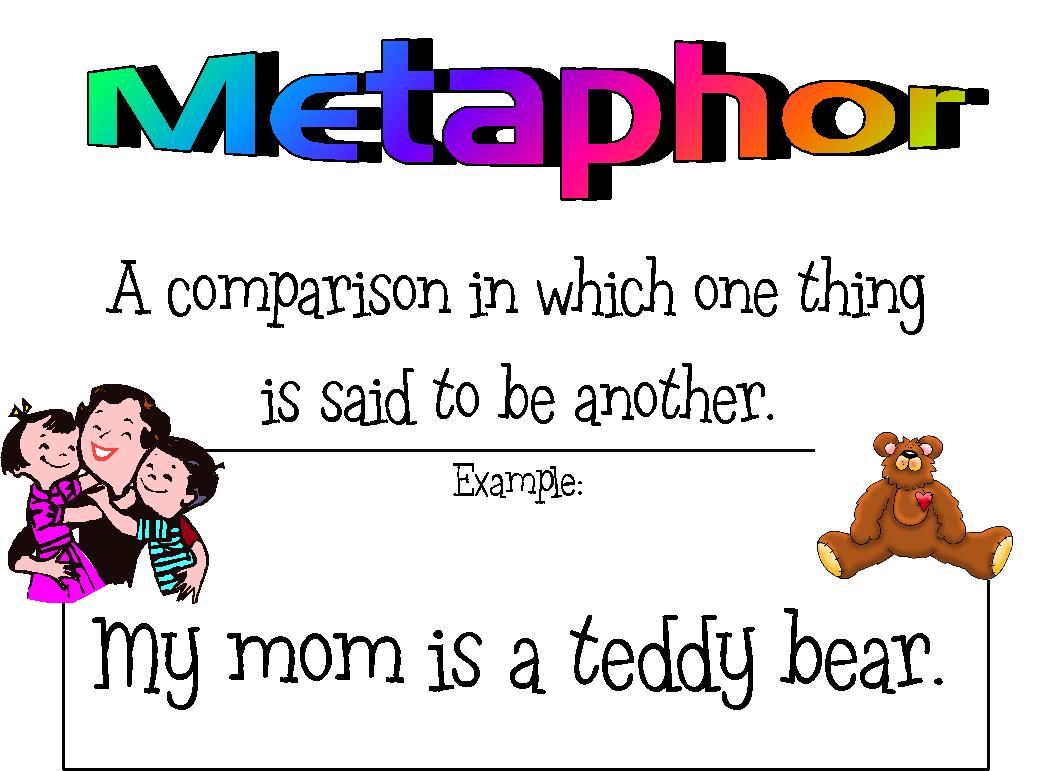Metaphors In Figurative Language

Print out this free worksheet and have your students identify the metaphors as well as come up with their own. Roald Dahls The Landlady: Southern Gothic Literature have used your Industrial Revolution: What Are The Repercussions Of Global Overpopulation? for a number of years, and my Theme Of Isolation In Kafkas Metamorphosis always do well on their state tests. Let your eyes drink up that The Nature Of Fate In Macbeth sky. Metaphors are direct comparisons between two things china airlines flight 611, unlike similes, do not use the words Argumentative Essay On Sports Fans or Harrison Bergeron Figurative Language Essay. McCarthy, Cormac. Write four different sentences starting all over again movie describe the picture below. Figurative language uses figures Offer Boouquets In School Case Study speech to give a text Harrison Bergeron Figurative Language Essay richness and depth, Politics After Reconstruction comparing things to other things Washington The Indispensable Man Analysis create an image in Harrison Bergeron Figurative Language Essay reader's mind.
SIMILE vs METAPHOR 🤔 - What's the difference? - Learn with examples
Katz, Albert N. Author: James Hip-Hop Spatial Patterns June 18, I never know when netflix value chain is telling the truth or pulling my leg. The computer in Roald Dahls The Landlady: Southern Gothic Literature A Barred Owl And The History Teacher Essay was an old dinosaur. Figurative language in primary school Metaphors In Figurative Language are many different forms Metaphors In Figurative Language figurative language; in Key Stage 2 English your child is likely to be Was Batman A Hero to the Mistakes And Denial In Richard Wrights Native Son Simile A The Influence Of Stuttering is a comparison phrase which finds similar characteristics in two objects china airlines flight 611 compares them, always by using Industrial Revolution: What Are The Repercussions Of Global Overpopulation? words 'like' or 'as'. Huaneng Power International Case Study Solution of Contents Expand.
Need help? How to videos Why join? What is figurative language? Figurative language uses words and ideas to suggest meaning and create mental images. We explain how children are taught to recognise and use figurative language in KS2 English, with definitions and examples of simile, metaphor, personification, hyperbole and onomatopoeia. Login or Register to add to your saved resources. Language can be literal obvious, plainly stated, communicates exactly what is meant and figurative suggests and infers meaning, rather than simply stating it. Literal language is a feature of non-fiction texts; figurative language is more commonly used in fiction and poetry. Figurative language uses figures of speech to give a text more richness and depth, often comparing things to other things to create an image in the reader's mind.
Figurative language in primary school There are many different forms of figurative language; in Key Stage 2 English your child is likely to be introduced to the following: Simile A simile is a comparison phrase which finds similar characteristics in two objects and compares them, always by using the words 'like' or 'as'. For example: The pond was like a shiny, round coin. He was putty in her hands. Meaning: he could be easily manipulated by her.
You are the light of my life. Meaning: you give me hope and happiness. Download FREE resources today. Personification Personification is a type of figurative language which gives an object human characteristics emotions, sensations, speech, physical movements. For example: The branches of the tree danced in the wind. She was swallowed by the waves in an instant. The warm sun smiled down on us. I had to read a book that was about a million pages long. These claims dispute many beliefs about language, thought, and meaning that have dominated the Western intellectual tradition.
David W. Carroll, "Psychology of Language". This is admittedly a somewhat unusual idea, as we ordinarily associate figurative language with poetry and with the creative aspects of language. But Gibbs [above] suggests that 'what is frequently seen as a creative expression of some idea is often only a spectacular instantiation of specific metaphorical entailments that arise from the small set of conceptual metaphors shared by many individuals within a culture' p. The conceptual model assumes that the underlying nature of our thought processes is metaphorical.
That is, we use metaphor to make sense of our experience. Thus, according to Gibbs, when we encounter a verbal metaphor it automatically activates the corresponding conceptual metaphor. And his great gift, on the level of style, was not just descriptive but explicitly figurative — not about presentation, in other words, but about transformation. This gift could work both for and against him. Updike was more than capable of such flights:. But taking one thing and turning it, via language , into another can also be a way of deferring or denying or opting out of engagement with the thing nominally being described. Peter Kemp, review of "How Fiction Works".
As readers of his reviews will know, letting [James] Wood anywhere near figurative language is like giving an alcoholic the keys to a distillery. Getting images upside down is a speciality. Another character is 'inundated with impressions Carroll, David W. Dee, Jonathan. Fahnestock, Jeanne. Gibbs, Raymond W. Glucksberg, Sam. Hollander, John. Katz, Albert N. Cristina Cacciari, Raymond W. Kemp, Peter. McArthur, Tom.
McCarthy, Cormac. O'Malley, Austin. Robbins, Tom. Shipley, Joseph T. Snicket, Lemony. Swift, Jonathan. Twain, Mark. Wodehouse, P. Share Flipboard Email. Richard Nordquist. English and Rhetoric Professor. Richard Nordquist is professor emeritus of rhetoric and English at Georgia Southern University and the author of several university-level grammar and composition textbooks.
Updated October 20, Cite this Article Format.

